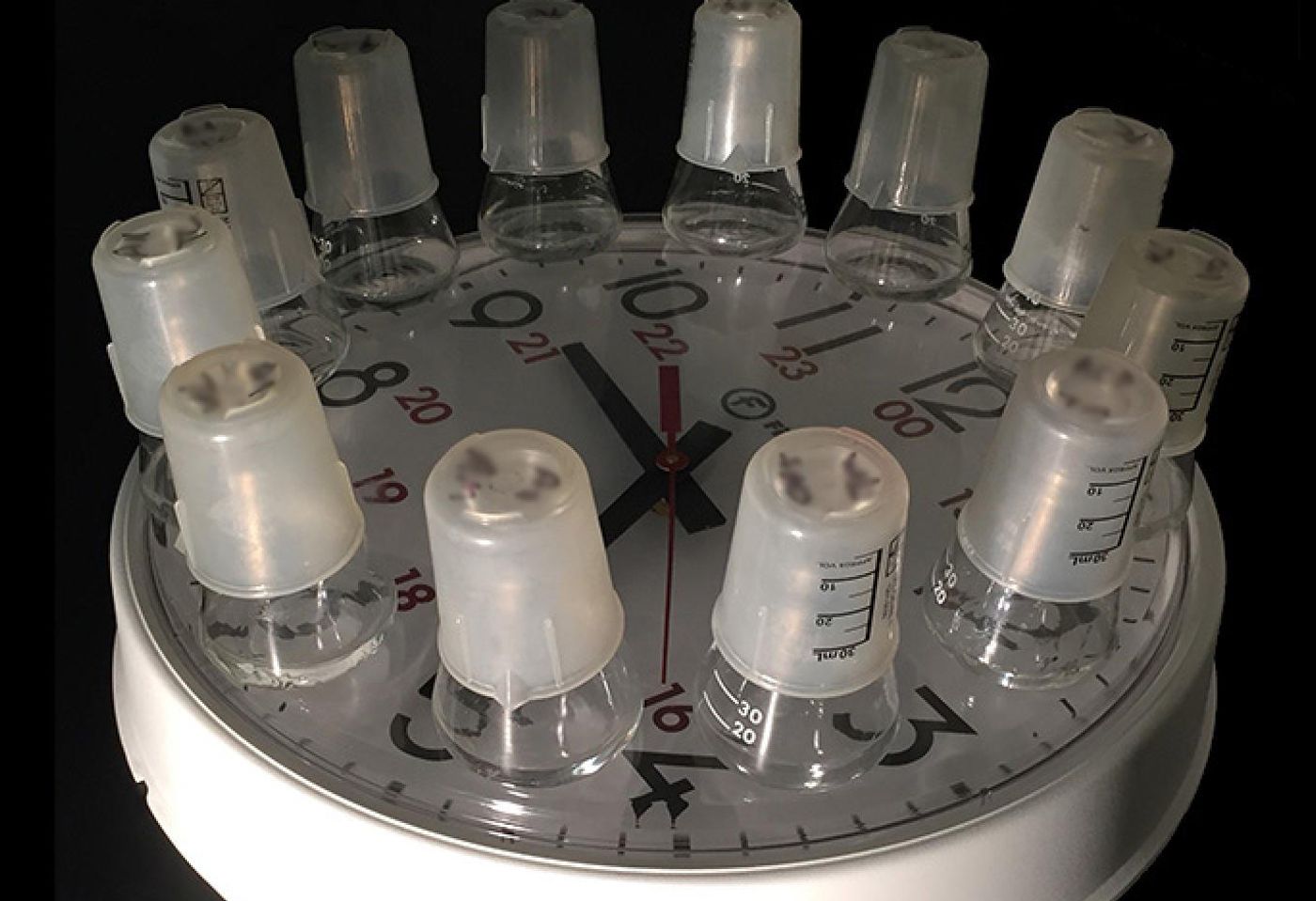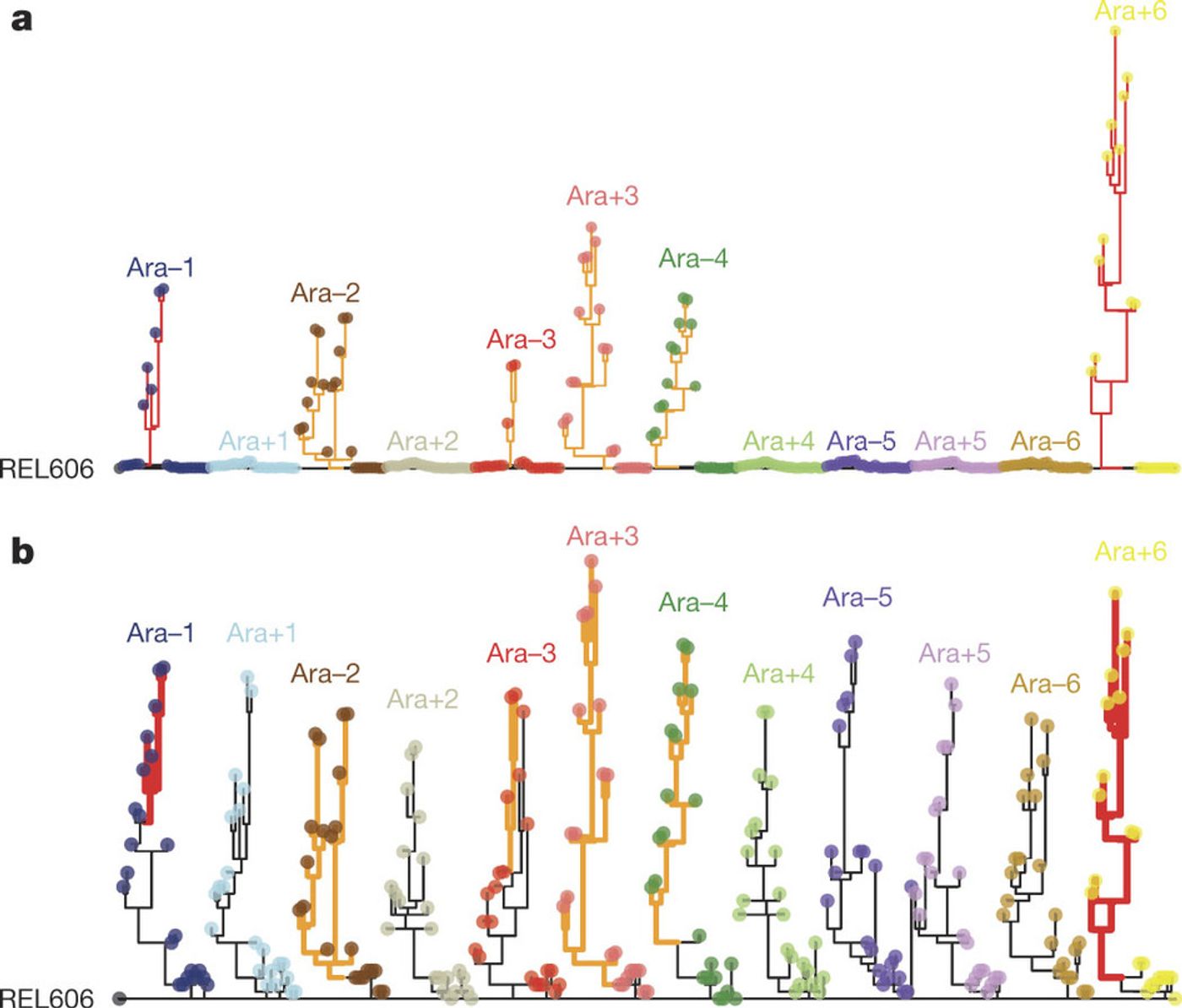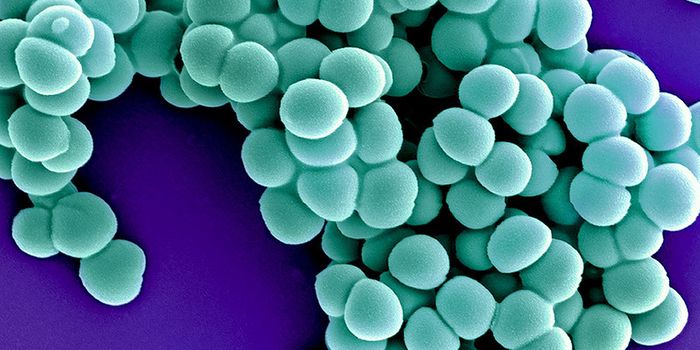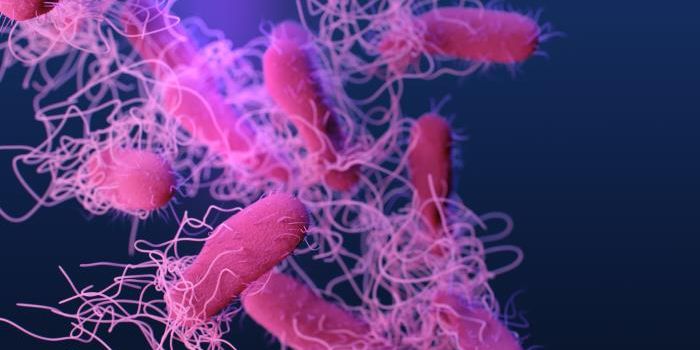It’s long been thought that in bacterial evolution, mutations are transmitted to future generations in a predictable way, and that such alterations don’t do much to hurt or help the microbe to adapt to its environment.
New research published in Nature, shows however, that in E. coli, the majority of genetic mutations that get passed down are beneficial, and occur at a far more variable rate than was previously assumed. Such a finding might have an impact on the treatment of bacterial infections.
"If this holds true for our own microbiomes, it suggests that microbes are always becoming more specialized for competing in their local environment in subtle ways," explained Jeffrey Barrick, a co-author of the study and an Assistant Professor of Molecular Biosciences at The University of Texas at Austin. "This could have implications for personalized medicine, as it suggests that E. coli in my gut will evolve idiosyncratic differences from those in your gut over time, for example."
An incredible repository of bacterial samples taken over the course 30 years made this research possible. Richard Lenski, a Professor of Microbiology and Molecular Genetics at Michigan State University collected and maintained the samples, collectively called the Long-term Evolution Experiment (LTEE). The bacteria from various generations of the LTEE were kept in cold storage for decades, and they were revitalized assess changes in their genomes. Lenski calls the LTEE "the experiment that keeps on giving."
The research team sequenced the genomes of hundreds of E. coli samples to assess the changes that had occurred in their DNA over 50,000 generations and found more than 14,000 changes across the 12 populations in the LTEE.
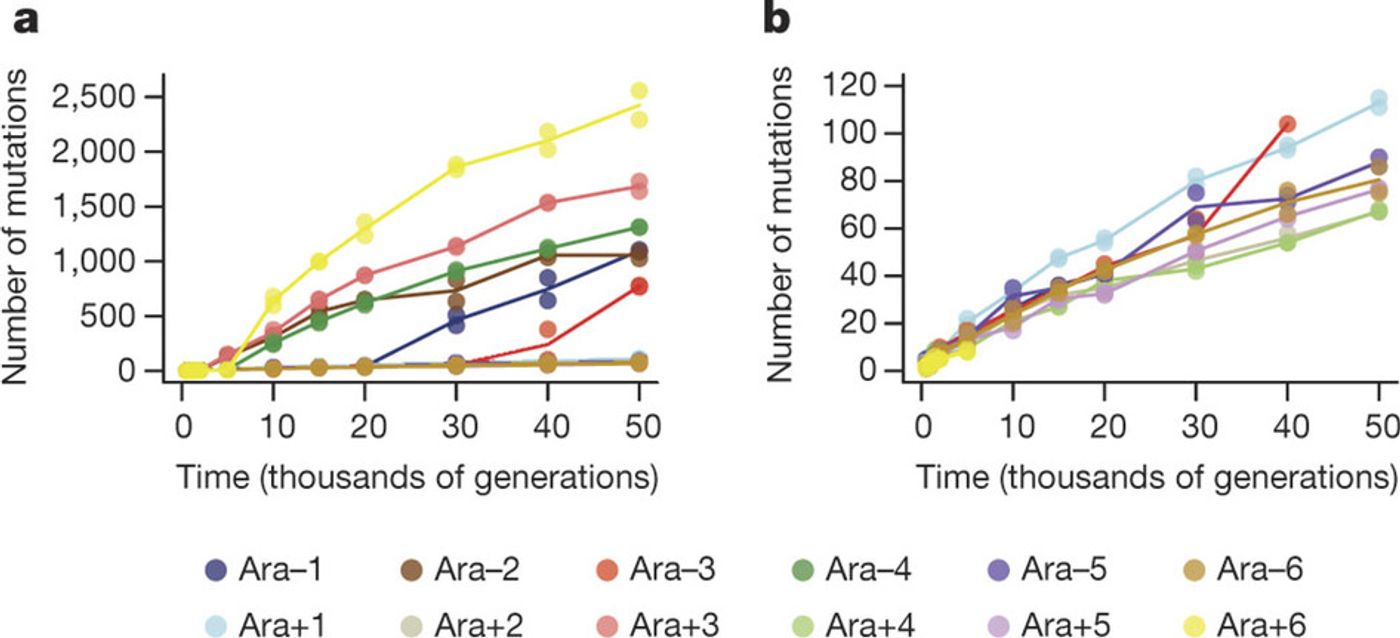
While each of the 12 populations changed in various ways, importantly, there were shared characteristics to the alterations. Significantly, the observed mutations were concentrated in genes that when changed, gave the bacteria a competitive advantage.
"Overall, it's interesting that mutation rates are so evolvable, and that they naturally adjust to be high and then low depending on how well adapted a population is to its environment, even in this very stripped down microcosm version of the real world," commented Barrick.
One interesting difference among the groups was the rate of evolution. Half of the populations mutated at much higher rates than the others, even though they had all been raised from the same ancestral strain – one that had a low rate of mutation. Intriguingly, some of those highly mutated strains had very high rates of change early on in the experiment, then slowing down appreciably thousands of generations later. The researchers say that the numbers of ways to improve is voluminous at first. As fitness increases, more mutations accumulate and the organism begins to risk adding harmful mutations. Thus, the mutation rate slows.
"We are used to thinking about evolutionary time being measured in quiet ticks, each one representing neutral mutations accumulating in genomes, with an occasional chime or gong, representing a beneficial mutation," said Barrick. "But, under normal circumstances, the evolutionary clock for bacteria may be more cacophonous than quiet."
Sources:
AAAS/Eurekalert! via
University of Texas at Austin,
Nature
